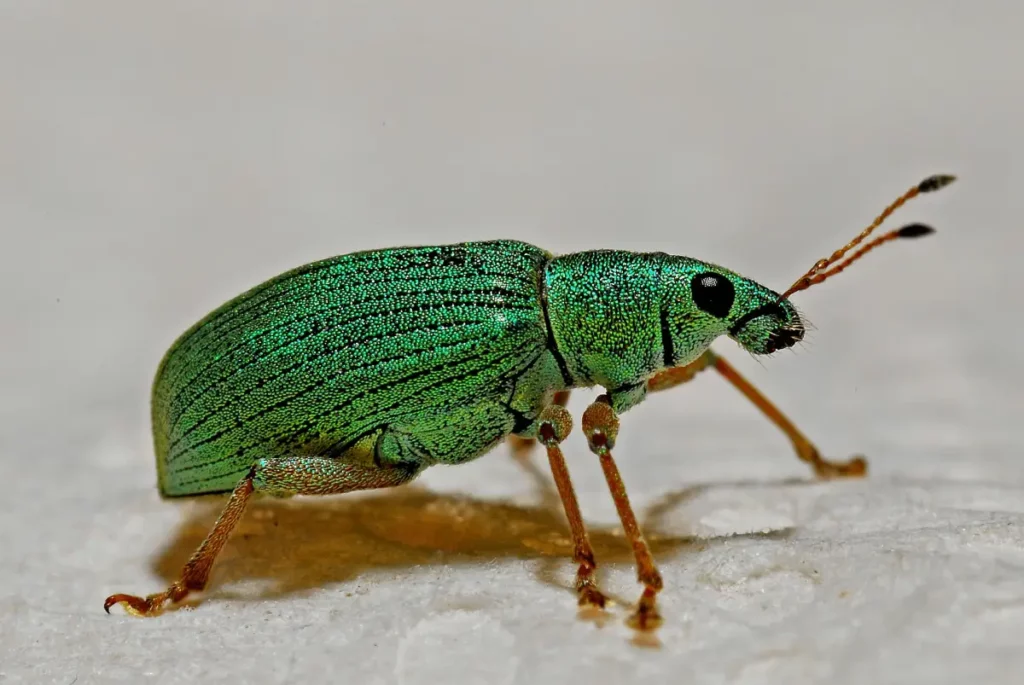Eating insects, yes or no?

As of January 2023, the use of insect meal in various foods, such as bread and pasta varieties, will be legal. In this article, we share our views on this development and offer alternatives for those who prefer not to consume animal insect meal.
Eating Insects Has Ancient History
Human consumption of insects, known as entomophagy, has an ancient history dating back thousands of years among both humans and apes. Natural populations throughout human history have regularly eaten insects as a source of nutrients. Even today, eating insects is widespread in many parts of Asia, Africa and South America, where it is considered perfectly normal. In more than 130 countries worldwide, insects are a common part of the diet, with beetles, larvae, caterpillars and ants being the main favorites. Although dragonflies, cockroaches and spiders are also consumed, albeit to a lesser extent.
EU Decision Regarding Insects In Food in 2023
On Jan. 23, 2023, a European law was passed allowing insects as an ingredient in foods such as bread and pasta varieties. Not only the house cricket, but also grasshoppers, mealworms and other insects can be added to our foods in the form of flour. And there we immediately encounter the major difference between how natural populations use insects in their diet and this passed law; natural populations do not grind insects into flour to add to their products, but are seen as delicacies, to be eaten occasionally. Adding insect meal to processed products means that, proportionally, we will ingest many more insects. And the question is whether this is a healthy development or will this cause unforeseen future health consequences?
Insects, Why Not?
Eating insects may be an emerging trend, but there are certainly drawbacks. Insects contain antinutrients, such as oxalates, saponins and tannins, which are absolutely not beneficial to health. In addition, insects may contain toxins, such as cyanide or heavy metals such as, cadmium and lead.
While it is touted that commercial insects available in stores are generally safe for consumption, it is also recommended (and even considered essential) to remove the legs and wings beforehand, as they may otherwise cause damage to the intestines. Will insect meal will be free of these insect components? We have no certainty of this.
Another important aspect is the preparation of insects. They must be thoroughly heated to kill harmful bacteria and parasites, as insufficient heating can pose health risks. For our intestines in particular, a load of harmful bacteria and parasites is harmful, as it can cause a strong dysbiosis. A pathogenic load usually leads to Leaky Gut Syndrome (hyperpermeable gut). This may allow substances such as toxins and not fully digested proteins and microorganisms (bacteria) to enter the bloodstream. These substances can cause unnecessary stress to the body and a myriad of autoimmune conditions.
Although the medical literature has not currently identified any alarming dangers related to eating a limited amount of insects, the number of studies available on the subject remains limited therefore the data simply provides no certainty of what effects to health we can expect. Especially when insects are going to be eaten in large quantities (in the form of flour). Further studies are thus needed to get a clearer picture of the possible health risks.
Where Can We Start Expecting Insect Flour?
The use of cricket powder is allowed in a wide range of food products, including baked goods such as multigrain bread, crackers, granola, cookies, as well as in pizza, soups, sauces, vegetable and legume dishes, processed potato products, chocolate products, whey powder, snacks and even beer.
While the use of cricket powder is possible in meat substitutes, it will likely be limited to insect burgers, as insect protein is more expensive than plant-based proteins and not likely to be added to vegetarian or vegan meat substitutes. Nevertheless, it is still wise to read labels.
Alternatives For Those Who Don’t Want Insect Meal
To address any concerns, the law clearly states that the use of cricket powder must be indicated on the ingredient list. According to Foodwatch, the powder must be specifically described as “partially defatted powder obtained from Acheta domesticus (house cricket).”
If you prefer not to consume animal insect meal, here are some solutions:
* Look for the V-Label Hallmark on food products, which guarantees vegetarian or vegan products without insect meal as an ingredient.
* Check the ingredient list of products for the presence of insect or cricket meal if you can’t find the V-Label. Look for the following ingredients:
* Acheta domesticus (house cricket)
* Gryllodes Sigillatus (dried tire cricket)
* Locusta Migratoria (migratory grasshopper)
* Tenebrio Molitor (dried mealworm)
* Alphitobius Diaperinus (whole and ground larvae of the peip foam beetle (small mealworm)
* If an ingredient list is not available, ask the manufacturer or supplier directly if the product contains insect meal.
Check For Insect Intolerance
It is important that consumers be informed about the presence of insect meal in food products so that they can make informed choices that are in line with their dietary preferences. Especially considering that people can react immunologically to insects. Consider intolerances or allergies.
There is now an intolerance test where you can use a finger prick test to check for any reactions to insects, such as house crickets. In people who are sensitive to seafood, dust mites or histamine, it is wise to check if you also react to insects. If you would like to know, we can send you the details of where you can access these tests.
There is also a simpler solution: eat as many unprocessed products as possible, such as vegetables, fruits, nuts, seeds and organic eggs, poultry and wild-caught fish. With this you immediately bypass any insects.